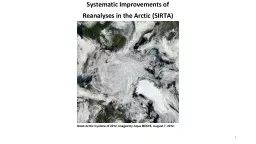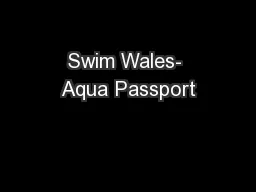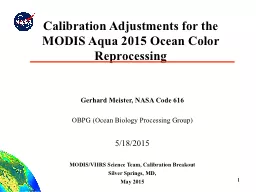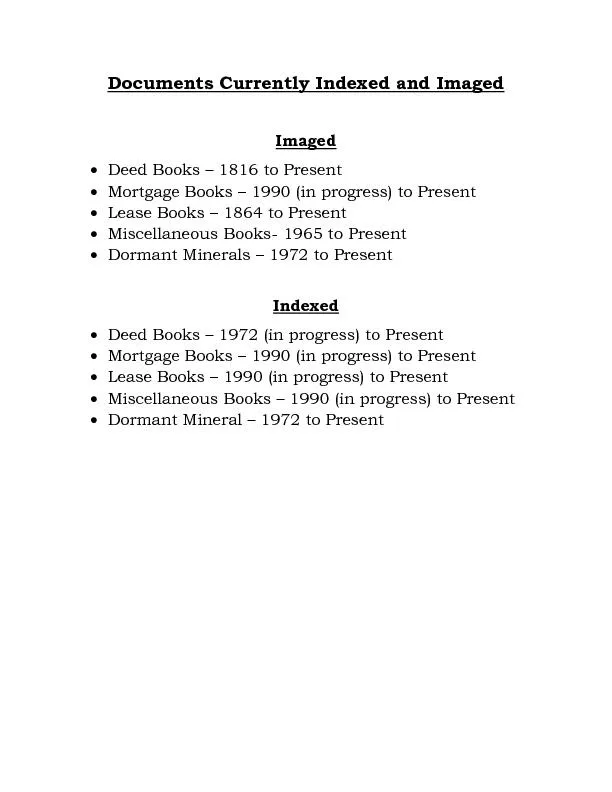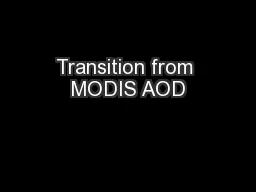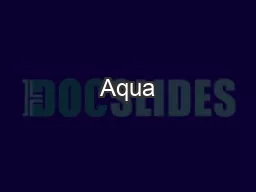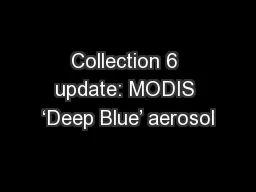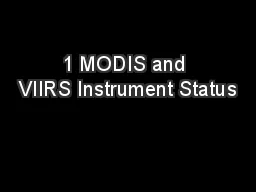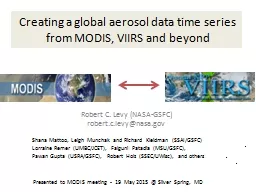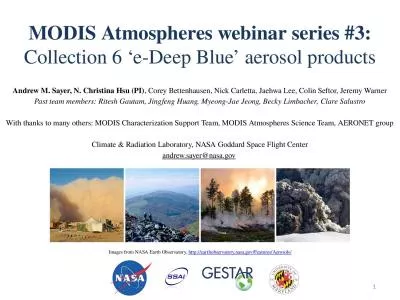PPT-Great Arctic Cyclone of 2012, Imaged by Aqua MODIS, August
Author : min-jolicoeur | Published Date : 2017-03-18
1 Systematic Improvements of Reanalyses in the Arctic SIRTA Draft White Paper Richard Cullather NASA U Maryland Thomas M Hamill NOAA David Bromwich Ohio
Presentation Embed Code
Download Presentation
Download Presentation The PPT/PDF document "Great Arctic Cyclone of 2012, Imaged by ..." is the property of its rightful owner. Permission is granted to download and print the materials on this website for personal, non-commercial use only, and to display it on your personal computer provided you do not modify the materials and that you retain all copyright notices contained in the materials. By downloading content from our website, you accept the terms of this agreement.
Great Arctic Cyclone of 2012, Imaged by Aqua MODIS, August: Transcript
Download Rules Of Document
"Great Arctic Cyclone of 2012, Imaged by Aqua MODIS, August"The content belongs to its owner. You may download and print it for personal use, without modification, and keep all copyright notices. By downloading, you agree to these terms.
Related Documents

